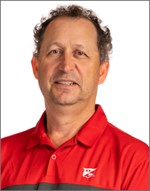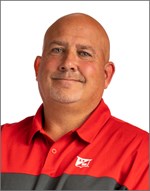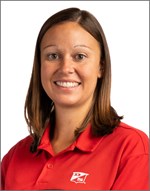Safely Moving and Storing Grain
BY Dairyland Seed Agronomy Team
With corn harvest done or rapidly drawing to a close, one of the next projects and concerns is storing and or moving grain. This is a management and transportation issue, but it is also a SAFETY issue.
From a management perspective fines or BKFM (broken kernel foreign material) can lead to spoilage. Fines are the result of cracked or broken kernels with bits or pieces of that kernel coming off. Fines can be more of an issue with lighter test weight grain or grain that did not mature properly. Generally, fines tend to be located more in the center of a bin than the outer portions of the bin due to the fact that kernels fall to the outer portions of the bin and the fines fall to the center of the bin. In addition, it is more difficult to push air or to aerate fines than it is corn kernels. Fines also take on moisture at a quicker rate than kernels making these pockets or areas of fines more prone to heating and/or spoilage.
Having more fines may lead to heating and/or spoilage and can also lead to more bridging of grain. Bridged grain is not only a management concern, but also becomes a transportation and SAFETY concern. Because bridged grain doesn’t flow like grain typically flows, it tends to slow down how much grain we can move as quickly as we normally do. Bridged grain becomes a SAFETY concern when we try to break the bridge. Once that grain starts to move, it moves quickly. Flowing grain can trap a standing person in 4 to 5 seconds and totally cover that person in 20 to 22 seconds. (Which is about the time it took you to read the last two sentences.)
Leveling out and coring these bins is a great way to alleviate or lessen the chance of these fines becoming hot spots or bridge areas. Feeding your cored areas as soon as you can, or selling grain into the market, is a great way to manage these areas. The bigger the bin and the amount of grain in the bin, the more loads you will need to move to remove those fines. If possible, when coring bins, have another gate open other than the main sump gate. By having another gate open other than the main sump and farther away from the main sump allows you to reduce the amount of fines of BKFM in loads, and/or potential dockage.
 |
 |
 |
 |
 |
| Brian Weller Western Region 507.456.3034 |
Dan Ritter Central Region 219.863.0583 |
Branden Furseth Northern Region 608.513.4265 |
Mark Gibson Eastern Region 260.330.8968 |
Amanda Goffnett Eastern Region 989.400.3793 |
